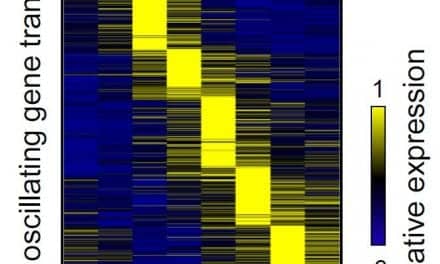A new study examined possible correlations between IOP patterns and sleep patterns and stucture, Ophthalmology Times reports.
The study—conducted at the University of Geneva, Switzerland—included 12 healthy patients who had no sleep disorder, ocular hypertension, or glaucoma. The sensor’s measurements were obtained as a surrogate for IOP changes, and sleep-stage monitoring was performed using a validated wireless system that collects electrophysiological signals from the forehead with a single bi-polar channel.
Data from the sensor were analyzed to identify IOP patterns.
“Nocturnal IOP has been termed ‘the sleeping giant,’ and so it is fundamental to improve our understanding of IOP events during the nocturnal period and their impact on glaucoma progression,” said Dr. Mansouri, consultant ophthalmologist, Department of Ophthalmology, Geneva University Hospitals, and adjoint associate professor, Department of Ophthalmology, University of Colorado School of Medicine, Aurora. “The (sensor)—which is designed to provide continuous, noninvasive IOP-pattern monitoring—is being looked at for its potential to enable this research. Therefore, we are looking at different parameters to validate CLS-derived IOP data and the presence of potential artefacts on the measurements.”



